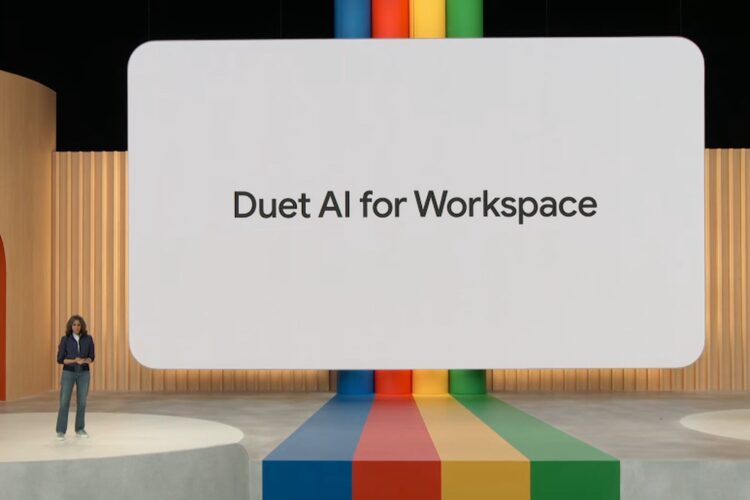With the announcement of Duet AI, many Google users’ curiosity about the Google Workspace AI release date has resulted in the new branding. In March, Google announced a range of AI features for its Workspace suite of apps, aiming to keep pace with Microsoft’s integration of similar tools.
At Google I/O, the company introduced a new branding for this effort—Duet AI. While the features are not widely available yet, Google provided a glimpse of a promising new feature called “Sidekick“. Let’s delve into the details of these exciting developments.
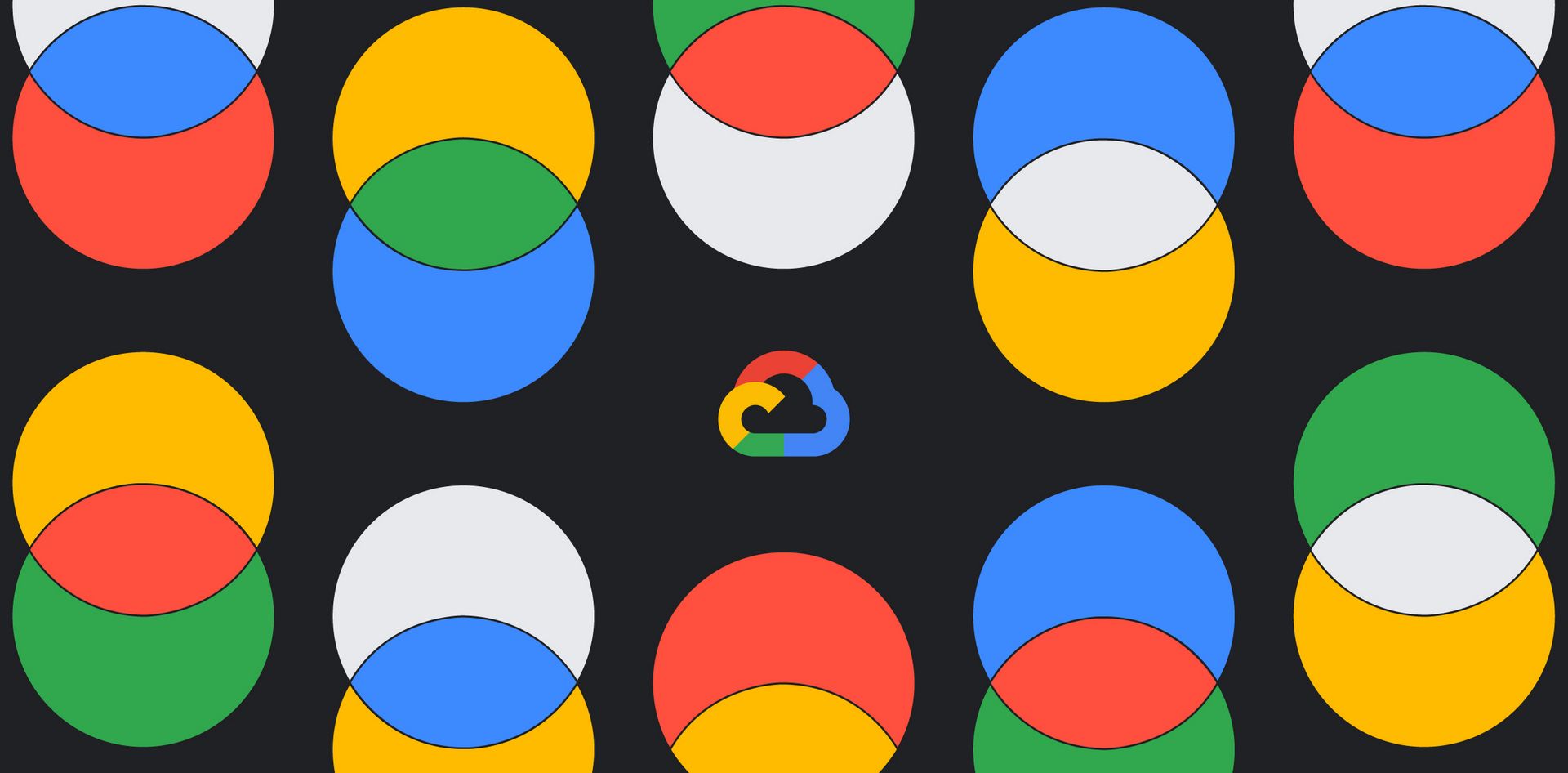
What is Duet AI and when are the Google Workspace AI release dates?
Duet AI encompasses a suite of generative AI tools designed to enhance productivity within Google’s suite of apps. These tools include writing assistance in Docs and Gmail, image generation for Slides, automatic meeting summaries for Meet, and more. However, the latest news from Google I/O reveals that writing assistance will also be coming to Gmail on mobile devices, where it will be branded as “Help me write“, representing an upgrade to the existing Smart Compose feature.
To gain access to these new tools, users can sign up for Workspace Labs and join a waitlist. Previously exclusive, the waitlist is now open to everyone, although the exact timeline for accessing the tools remains uncertain. Google plans to scale the services to reach more users and countries in the weeks ahead. The following estimated release dates were provided:
- Write in Gmail: Now available on mobile phones in addition to the web. Made available in Workspace Labs on Wednesday.
- Gmail contextual responses: Rolling out to Workspace Labs by the end of the month.
- Generate images from text within Google Slides: Rolling out to Workspace Labs next month.
- Organize complex projects in Google Sheets: Rolling out to Workspace Labs next month.
- Intelligent classification in Google Sheets: Rolling out to Workspace Labs in the coming months.
- Custom backgrounds in Google Meet: Rolling out to Workspace Labs in the coming months.
- AI building blocks in Docs: Rolling out to Workspace Labs by the end of the month.
- Proofreading in Docs: Rolling out in preview to Workspace commercial users in the coming months.
“Help me write” AI assistant: Empowering Gmail mobile users
The standout feature within Duet AI is the introduction of the “Help me write” AI assistant on Gmail’s mobile app. This feature offers intriguing possibilities, particularly for users who do not have access to a full keyboard. Microsoft implemented a similar feature in April by integrating Bing into its SwiftKey keyboard app for iOS and Android.
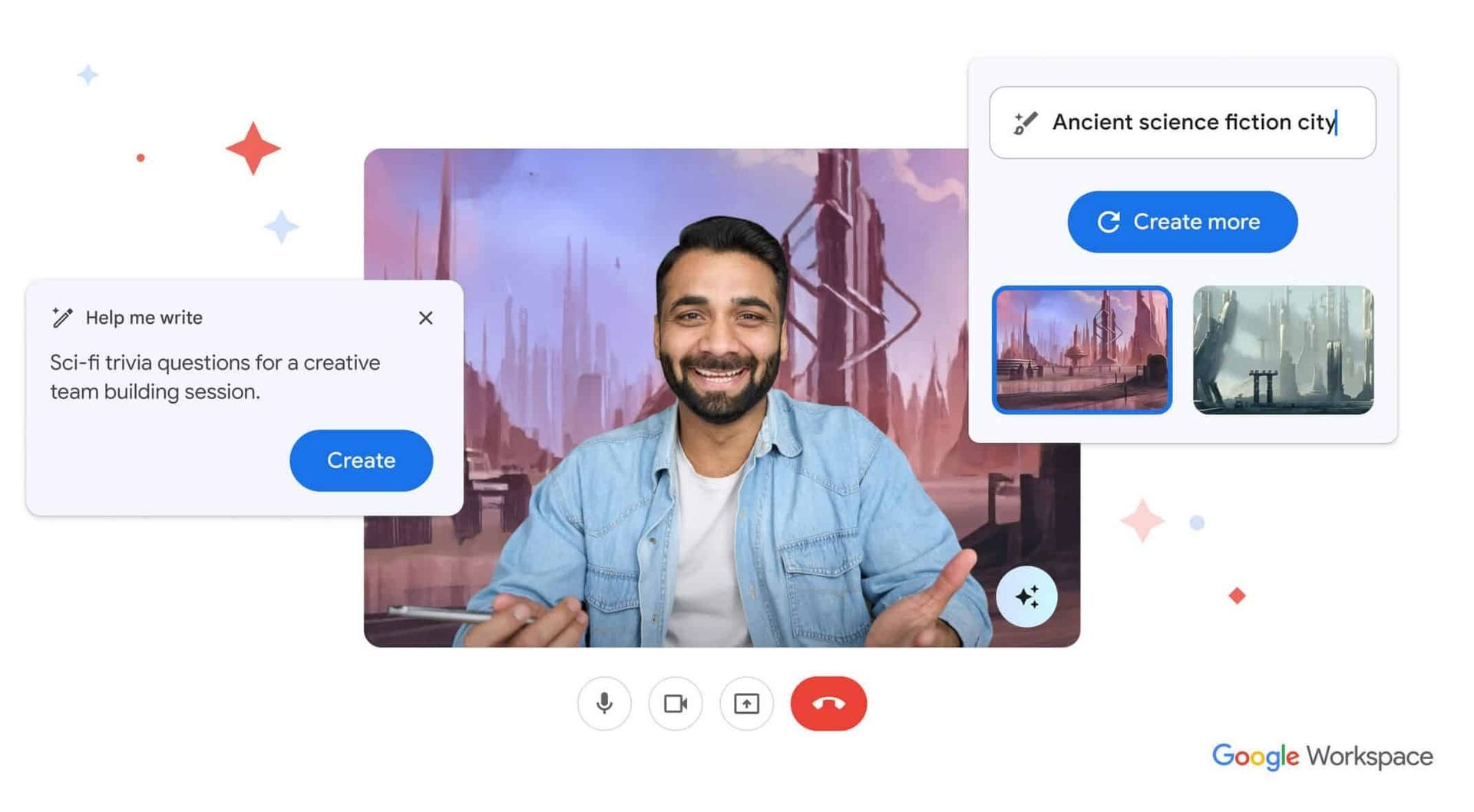
During a briefing with journalists, Aparna Pappu, VP of Workspace, highlighted the potential usefulness of the “Help me write” assistant on mobile devices. Pappu explained that mobile usage presents unique constraints, such as fluctuating connectivity and the need for concise prompts. Google has fine-tuned the AI experience to deliver optimal output with minimal input, addressing these challenges.
The “Help me write” feature also brings a touch of playfulness to Gmail. Users will find an “I’m feeling lucky” button when using AI-generated responses, which may result in surprises like haikus or replies in a pirate voice. While whimsical, this feature may not offer substantial utility in productivity scenarios.
Sidekick: Collaborating with AI in document analysis
At Google I/O, Google tantalized users with a teaser for Sidekick—a Workspace/Duet feature described as “the future of collaboration with AI“. Sidekick appears as a side panel that can analyze the document being viewed, offering more than just answering queries about the content.
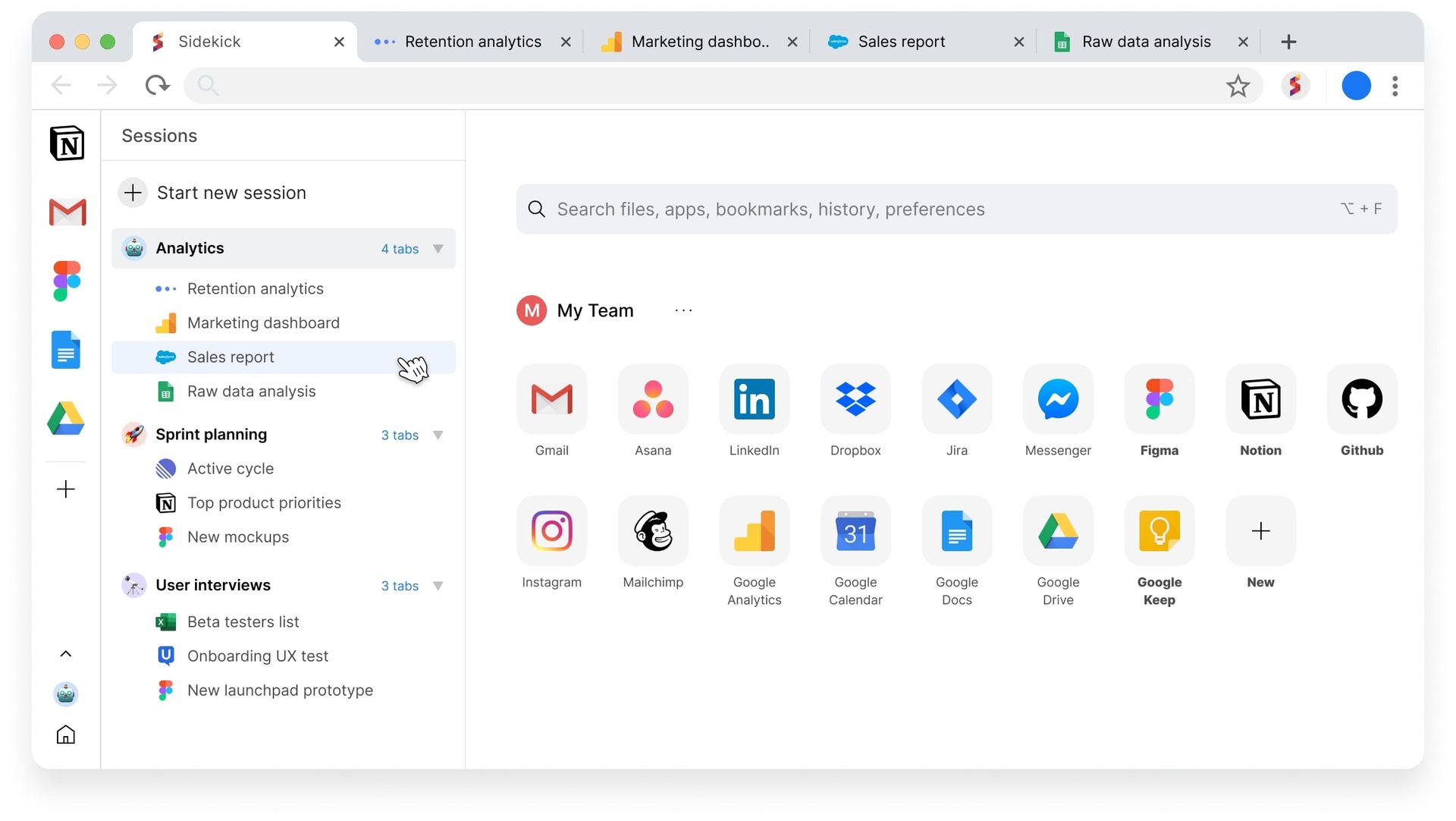
Sidekick aims to suggest relevant actions and enhance the document creation process. For example, it could recommend generating images to illustrate a story or suggest suitable accompaniments for an upcoming potluck based on the email thread and linked documents.
While the announcement of Sidekick doesn’t represent a significant leap forward in terms of new capabilities, it demonstrates Google’s commitment to interconnecting existing features. Users can look forward to a future where the seamless integration of AI tools enhances collaboration and productivity.
Looking ahead: The future of AI in Google’s productivity suite
Google’s unveiling of Duet AI and the tantalizing glimpse of Sidekick at Google I/O underscores the company’s ongoing efforts to leverage AI technology for productivity and collaboration within its Workspace suite of apps. By integrating features such as writing assistance, image generation, and contextual responses, Google aims to streamline workflows and empower users to work more efficiently.
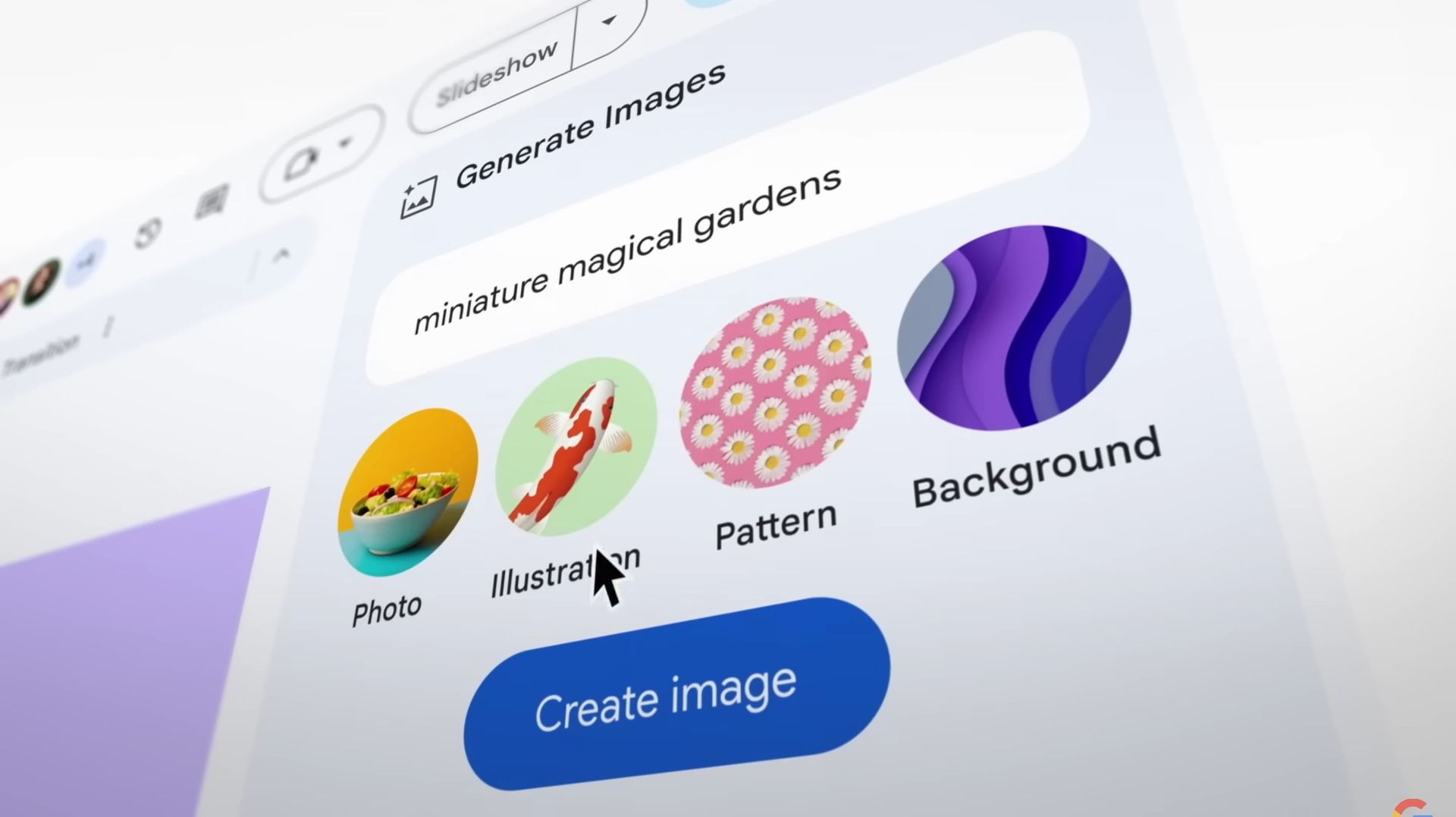
As Google scales these services and expands access to more users and countries in the coming weeks and months, it will be fascinating to see how these AI-powered tools evolve and shape the way we work and interact with Google’s productivity ecosystem.
The introduction of the “Help me write” AI assistant on Gmail’s mobile app holds great potential, particularly for users on the go who rely on mobile devices for their productivity needs. With its responsive AI partner, Google aims to provide valuable assistance and deliver high-quality output with minimal input.
Additionally, Sidekick represents an exciting step toward collaborative document analysis, where AI not only answers questions but also suggests actions and enhances the creative process. While the specifics of Sidekick’s availability remain unknown, it presents a vision of a future where AI seamlessly integrates with our workflow, providing valuable insights and recommendations.
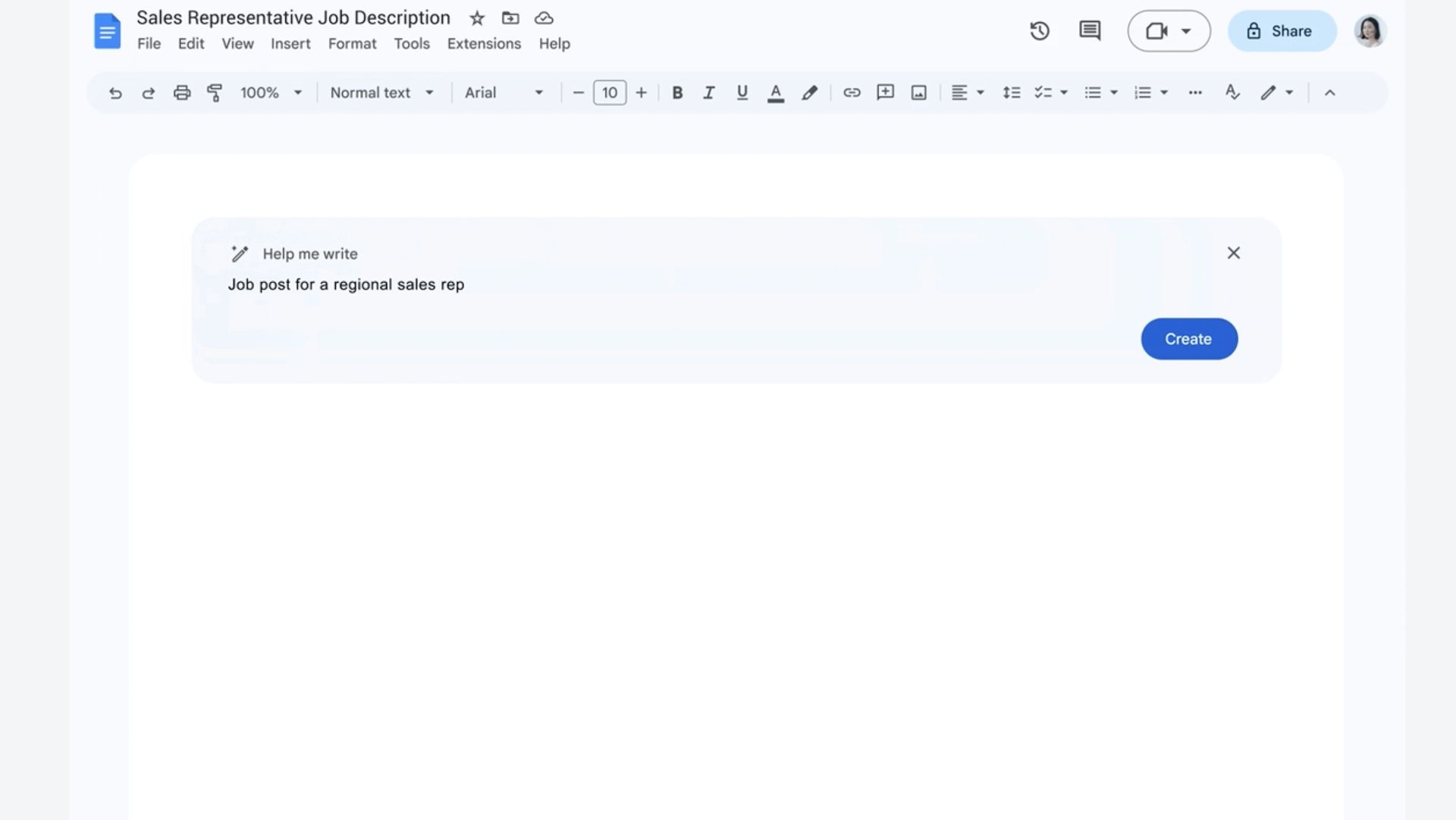
As technology continues to advance and AI matures, we can expect further enhancements and innovations that will reshape the future of work within the digital landscape. Google’s Duet AI and the upcoming Sidekick feature are just the beginning, offering a glimpse into the possibilities of AI-driven productivity and collaboration.
Google’s Duet AI initiative and the preview of Sidekick at Google I/O showcase the company’s commitment to harnessing the power of AI to improve productivity and collaboration. As these features gradually become available to users worldwide, we can anticipate exciting developments that will redefine how we work and interact with Google’s suite of productivity tools.
If you are interested in the developments of the tech giant, you might also want to check out Google’s next-gen large language model, PaLM 2.

